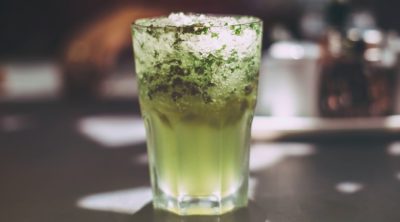If you aren’t sure about what Cognac is or how it’s produced, you certainly aren’t alone. In fact, “how is Cognac made?” is one of the most common questions that comes up on the subject.
In this post, we’ll cover some of the basic facts about Cognac, including what it is, how it’s made, and which brands produce it. Read on to learn more about this popular alcoholic beverage and its origins.
What is Cognac?
Cognac is a type of wine grape brandy that has its origins in the Cognac region of France. In order for a product to qualify and market itself as Cognac, it must come from this area (just like Champagne). Besides its popularity as an alcoholic drink, it can also be used for baking certain types of cakes.
The region spans more than 79,000 hectares and is divided into six sub-regions (called “crus”). The terrain of each growth area has different characteristics, with various types of soil.
How is Cognac made?
Three grape varieties are used to make Cognac: Ugni Blanc, Folle Blanche, and Colombard. By definition, these grape varieties must account for at least 90% of the product. The remaining 10% are permitted to come from other grapes such as Semillon, Montils, and Folignan.
From there, the grapes are fermented into wine — although not one you’d like to drink, as it’s quite acidic and tart. During this process, makers are not allowed to add sugar or sulfur to their wines, so they’re kept pure for distillation.
After weeks of fermentation, the wine can then be distilled into brandy. This process begins in early November and has to finish before the end of March. Cognac is double-distilled in special pots called Charentais stills.
Once the distillation is complete, the spirit that comes out of the stills is called eau-de-vie (or “water of life” in French). At this point, the spirit then begins the aging process to convert it into what we know as Cognac.
Aging takes at least two years, with different Cognac types having to meet certain age criteria to earn their title, as we’ll discuss below. Cognac is required to be aged in oak barrels, which give it its deep and rich flavor.
What are the different types?
Cognac is classified into several types, depending on how long it’s aged. Here’s a look at the three most common kinds that you’ll find at your local liquor store.
- VS (Very Special) – aged for at least two years
- VSOP (Very Superior Old Pale) – aged for at least four years
- XO (Extra Old) – aged for at least six years
What are the most popular brands?
In the United States, there are several popular brands that produce and distribute the beverage. Many of these companies have gained notoriety in popular culture and are readily available in bars, liquor stores, and supermarkets worldwide. Courvoisier, Hennessey, and Rémy Martin are three of the most well-known brands in the United States.
The tradition of making Cognac is quite an interesting one, and this overview is just a quick look at the storied process. If you’re interested in learning more, you can do some research behind the biggest brands and learn how your favorite kind is made.
For more resources and tips on food and drinks, check out the Tastessence blog.


